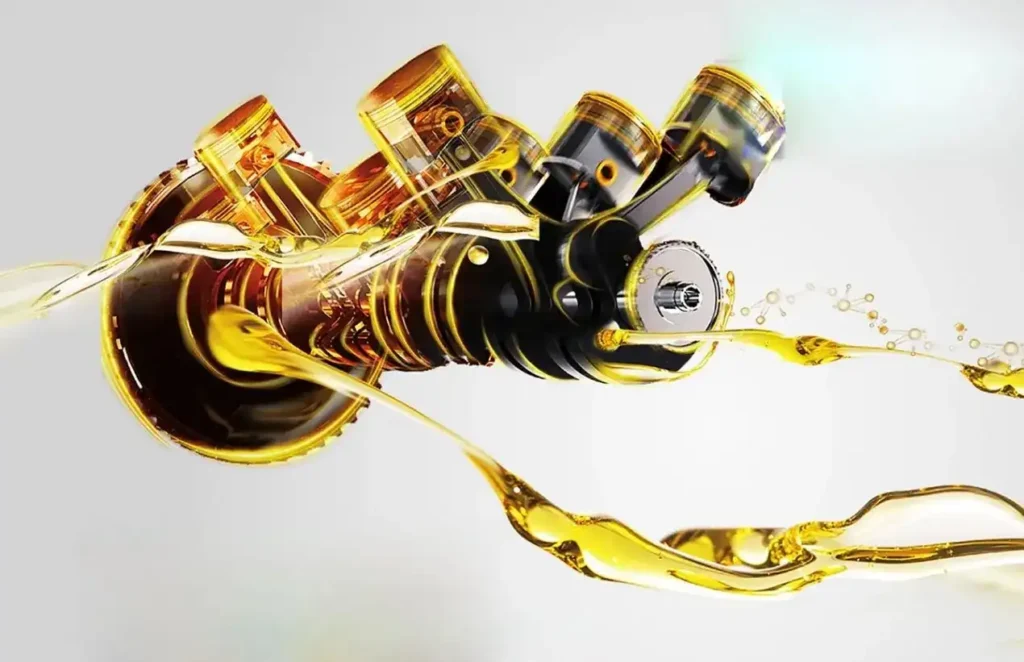Lubricant detergent is an indispensable additive in various internal combustion engine oils. It is a colloidal dispersion system formed by surfactants dissolved in diluted oil and a large number of nanoparticles (usually an inorganic alkaline compound). Surfactants in the dispersed system have the functions of gum-soluble, solubilizing, and purifying dispersion, which can inhibit the incomplete combustion of fuel in the internal combustion engine and the severe pollution caused by lubricating oil oxidation; alkaline nanomagnesium carbonate components can effectively neutralize the harmful inorganic and organic acids generated by fuel and lubricating oil during use, slow down the oxidation process of oil products, reduce the corrosion and wear of the engine, and extend the service life of oil products and engines.

The metal carbonates in the glue core that provide alkaline storage should be nanoscale. Many nanopowders, especially nanopowders of inorganic salts and metal oxides, are very likely to aggregate into groups due to their huge surface energy, which in turn affects the application performance. Modification with surfactant to reduce surface energy is an important means to inhibit the aggregation of nanomagnesium carbonate powder. Nanomagnesium carbonate for lubricating oil detergent has good colloid stability, detergent dispersibility and thermal oxidation stability.
Since the metallic properties of magnesium are weaker than calcium, the carbonation process of nanomagnesium carbonate in the preparation of lubricant detergent is more difficult than that of calcium salts. Because of its large specific surface area, nanoparticles often agglomerate into secondary particles, forming the so-called “gel freezer”. In addition, the concentrations of magnesium hydroxide and magnesium carbonate in water are relatively close, making the process of converting magnesium hydroxide into magnesium carbonate in the micelle difficult to proceed.
If water is added first during the stage of generating a positive salt surfactant, a large amount of magnesium hydroxide will be generated. Due to hydrogen bonding, magnesium hydroxide will easily aggregate into larger particles, and even condense into precipitation, increasing product viscosity, and deteriorating colloid stability, greatly affecting product performance. The unique water addition method is used during carbonation, so that the generated magnesium hydroxide can react with carbon dioxide before joining each other to form magnesium carbonate, and dispersed into the oil phase to form colloids, thereby ensuring the size of the colloid and product performance.
